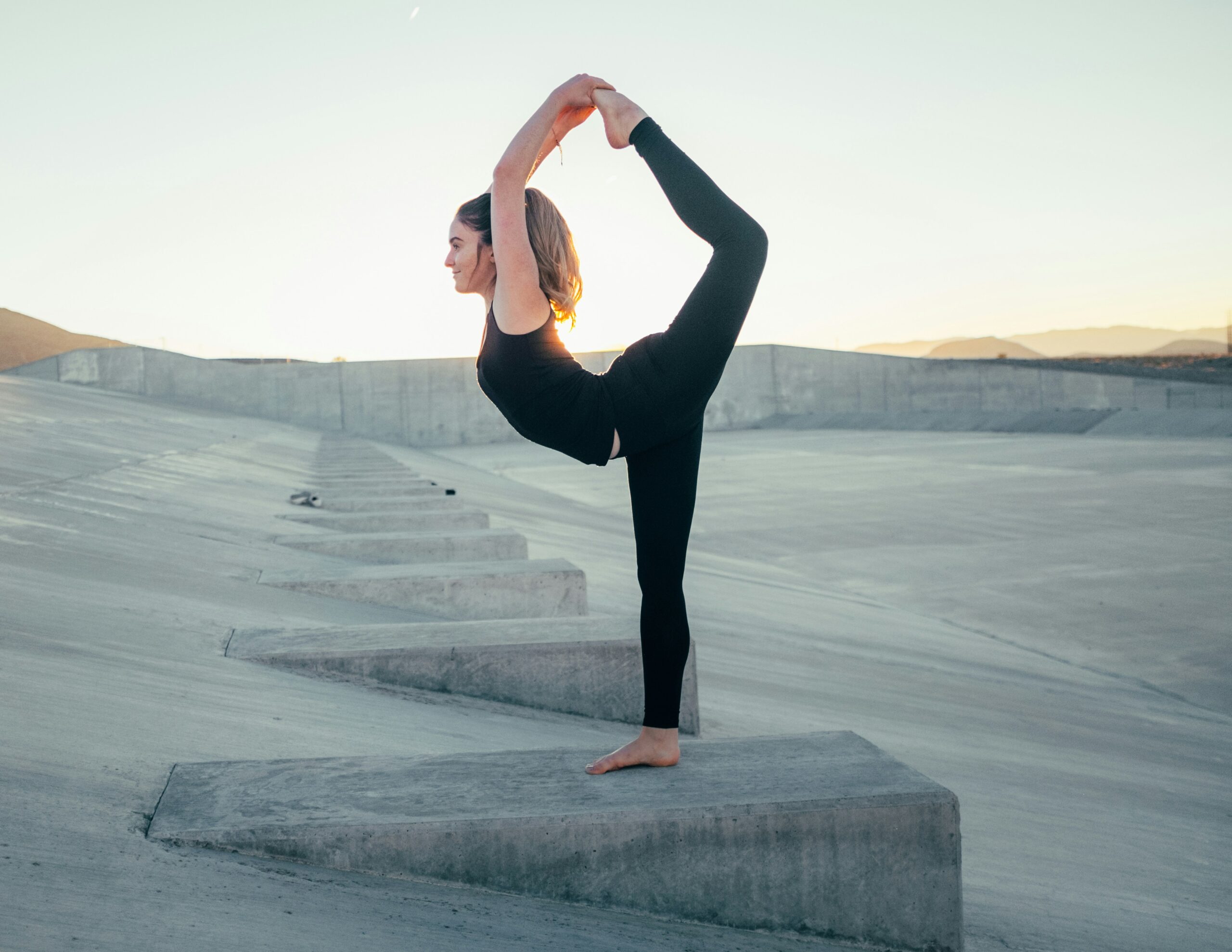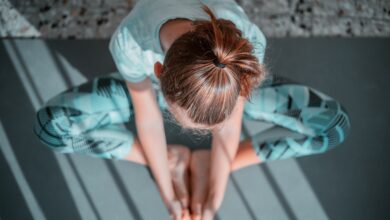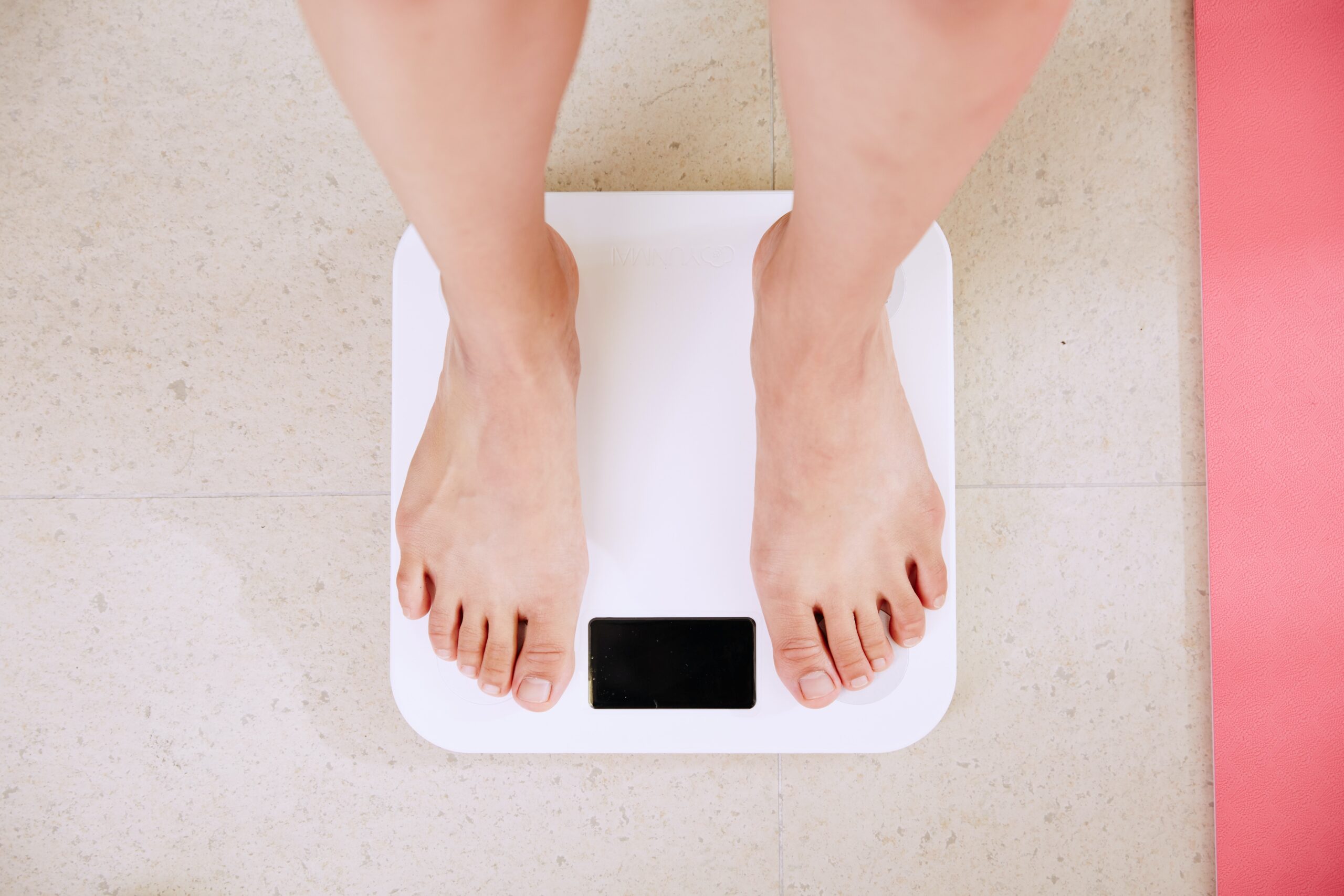Flexibility Over 50: A Comprehensive Stretch Workout Guide

1. Understanding the Importance of Flexibility
As we age, maintaining flexibility becomes increasingly important for overall health and well-being. Flexibility exercises help improve joint mobility, reduce the risk of injury, and enhance daily activities. In this comprehensive guide, we will explore a stretch workout specifically designed for individuals over 50 to promote flexibility and enhance their quality of life.
1.1 The Benefits of Flexibility Exercises
Regular flexibility exercises offer numerous benefits, including:
- Improved joint range of motion
- Enhanced muscle elasticity
- Reduced muscle tension
- Improved posture and balance
- Increased blood flow to muscles
- Reduced risk of muscle strains and joint injuries
- Enhanced athletic performance
1.2 Factors Affecting Flexibility
Several factors can affect flexibility, such as:
- Age
- Gender
- Physical activity level
- Previous injuries
- Genetics
- Overall health and fitness
Understanding these factors can help tailor a stretch workout to suit individual needs.
2. Getting Started with Flexibility Exercises
Before diving into the stretch workout, it’s important to consider a few key points:
2.1 Warm-Up: Preparing Your Muscles
Always begin with a warm-up to increase blood flow and prepare your muscles for stretching. A warm-up can include light cardio exercises like brisk walking or cycling for 5-10 minutes.
2.2 Proper Form and Technique
When performing flexibility exercises, it’s crucial to maintain proper form and technique to maximize the benefits and prevent injuries. Follow these guidelines:
- Start each stretch slowly and gradually increase the intensity.
- Breathe deeply and relax during each stretch.
- Avoid bouncing or jerking movements.
- Do not stretch to the point of pain.
- Hold each stretch for 15-30 seconds.
- Repeat each stretch 2-4 times.
3. The Stretch Workout Routine
Now let’s delve into the stretch workout routine specifically designed for individuals over 50:
3.1 Neck Stretches
The neck stretches help relieve tension and improve neck mobility. Perform these exercises slowly and gently:
- Neck tilt: Tilt your head to the right, bringing your right ear towards your right shoulder. Hold for 15-30 seconds and repeat on the other side.
- Neck rotation: Turn your head to the right, looking over your shoulder. Hold for 15-30 seconds and repeat on the other side.
- Neck flexion: Gently lower your chin towards your chest, feeling a stretch in the back of your neck. Hold for 15-30 seconds.
- Neck extension: Slowly tilt your head back, looking up towards the ceiling. Hold for 15-30 seconds.
3.2 Shoulder Stretches
Shoulder stretches improve flexibility and relieve tension in the upper body:
- Shoulder rolls: Roll your shoulders forward in a circular motion for 10-15 seconds, then reverse the direction.
- Shoulder cross stretch: Extend your right arm across your chest, using your left hand to gently pull your right arm closer to your body. Hold for 15-30 seconds and repeat on the other side.
- Overhead reach: Extend your right arm overhead, bending it at the elbow. Place your left hand on your right elbow and gently pull your right arm towards your left side. Hold for 15-30 seconds and repeat on the other side.
- Shoulder blade squeeze: Stand with your feet shoulder-width apart, arms at your sides. Squeeze your shoulder blades together, holding for 5-10 seconds, then release.
3.3 Spine Stretches
Spine stretches improve flexibility and relieve tension in the back:
- Forward fold: Stand with your feet hip-width apart, slowly bend forward from your hips, reaching towards your toes. Hold for 15-30 seconds.
- Seated spinal twist: Sit on a chair with your feet flat on the floor. Twist your upper body to the right, placing your left hand on the outside of your right thigh and your right hand on the back of the chair. Hold for 15-30 seconds and repeat on the other side.
- Cat-cow stretch: Start on all fours, with your hands under your shoulders and your knees under your hips. Arch your back towards the ceiling, tucking your chin towards your chest (cat pose). Then, drop your belly towards the floor, lifting your head and tailbone (cow pose). Repeat for 10-15 repetitions.
- Child’s pose: Sit back on your heels, lowering your upper body towards the floor, reaching your arms forward. Rest your forehead on the mat and hold for 15-30 seconds.
3.4 Hip Stretches
Hip stretches help improve mobility and relieve tightness in the hips:
- Butterfly stretch: Sit on the floor with the soles of your feet together, knees bent out to the sides. Gently press your knees towards the floor, feeling a stretch in your inner thighs. Hold for 15-30 seconds.
- Figure 4 stretch: Lie on your back with your knees bent and feet flat on the floor. Cross your right ankle over your left knee, then reach your hands behind your left thigh and pull towards your chest. Hold for 15-30 seconds and repeat on the other side.
- Pigeon pose: Start in a push-up position, then bring your right knee forward, placing it behind your right wrist. Extend your left leg straight back, keeping your hips square. Slowly lower your upper body towards the floor, feeling a stretch in your right hip. Hold for 15-30 seconds and repeat on the other side.
- Standing quad stretch: Stand tall, holding onto a chair or wall for support. Bend your right knee, bringing your right heel towards your glutes. Grab your right foot with your right hand and gently pull towards your glutes. Hold for 15-30 seconds and repeat on the other side.
3.5 Leg Stretches
Leg stretches improve flexibility and reduce muscle tightness:
- Standing hamstring stretch: Stand tall, placing your right heel on a raised surface (e.g., step or curb). Keep your leg straight and lean forward from your hips, feeling a stretch in the back of your right leg. Hold for 15-30 seconds and repeat on the other side.
- Seated calf stretch: Sit on the edge of a chair with your feet flat on the floor. Extend your right leg forward, keeping your heel on the ground. Gently pull your toes towards you, feeling a stretch in your calf. Hold for 15-30 seconds and repeat on the other side.
- Quadriceps stretch: Stand tall, holding onto a chair or wall for support. Bend your right knee, bringing your right heel towards your glutes. Grab your right foot with your right hand and gently pull towards your glutes. Hold for 15-30 seconds and repeat on the other side.
- Inner thigh stretch: Stand with your feet wider than hip-width apart, toes pointing forward. Shift your weight to your right side, bending your right knee and keeping your left leg straight. Slowly lean towards your right side, feeling a stretch in your left inner thigh. Hold for 15-30 seconds and repeat on the other side.
4. Additional Tips for Flexibility Training
Here are some additional tips to enhance your flexibility training:
4.1 Consistency is Key
Consistency is crucial for achieving and maintaining flexibility. Aim to incorporate flexibility exercises into your routine at least 2-3 times per week.
4.2 Listen to Your Body
Pay attention to your body’s signals during stretching. If you feel pain or discomfort, ease off the stretch or modify it to suit your comfort level.
4.3 Gradually Increase Intensity
Start with gentle stretches and gradually increase the intensity over time. Push yourself to a comfortable level, but avoid overstretching.
4.4 Stay Hydrated
Drink plenty of water before and after your stretch workout to keep your muscles hydrated and prevent cramping.
4.5 Combine Flexibility with Strength Training
Pair your flexibility exercises with strength training to maintain overall fitness and balance in your workout routine.
5. Conclusion
Flexibility exercises are essential for individuals over 50 to maintain joint mobility, reduce the risk of injuries, and enhance daily activities. By incorporating the stretch workout routine outlined in this comprehensive guide, you can improve your flexibility, overall health, and quality of life. Remember to consult with a healthcare professional before starting any new exercise program, especially if you have any pre-existing medical conditions.




